
© Katharina Rebay-SalisburyFeeding vessels from Vienna, Oberleis, Vosendorf and Franzhausen-Kokoron (from left to right), dated to around 1200-800 BC.
Mums from prehistoric times appear to have used specially fashioned pottery vessels to
wean their babies with milk from domesticated ruminants, a study
published in the journal
Nature has found.
The clay bottles or bowls, sometimes adorned with mythical animals, had small spouts through which liquid could be poured or suckled. The earliest known vessels were found in prehistoric settlements across Europe from the Neolithic (around 5000 BC), becoming more common in the Bronze and Iron Ages.
They were previously suspected to be infant feeding vessels, says lead author Julie Dunne from the University of Bristol in the UK, but could have equally been used for feeding sick people, and in any event, it wasn't clear what they contained.
To explore this, Dunne and colleagues searched for vessels in child graves to be sure they were baby bottles. "In archaeology, context is all," she explains. They analysed three small, spouted vessels found in Bronze and Iron Age graves of infants in a Bavarian cemetery in Germany.
Because of the vessels' precious nature and often small openings, sampling for organic residues was "extremely challenging", says Dunne, so they had to modify their usual sampling method which involves grinding up potsherds.
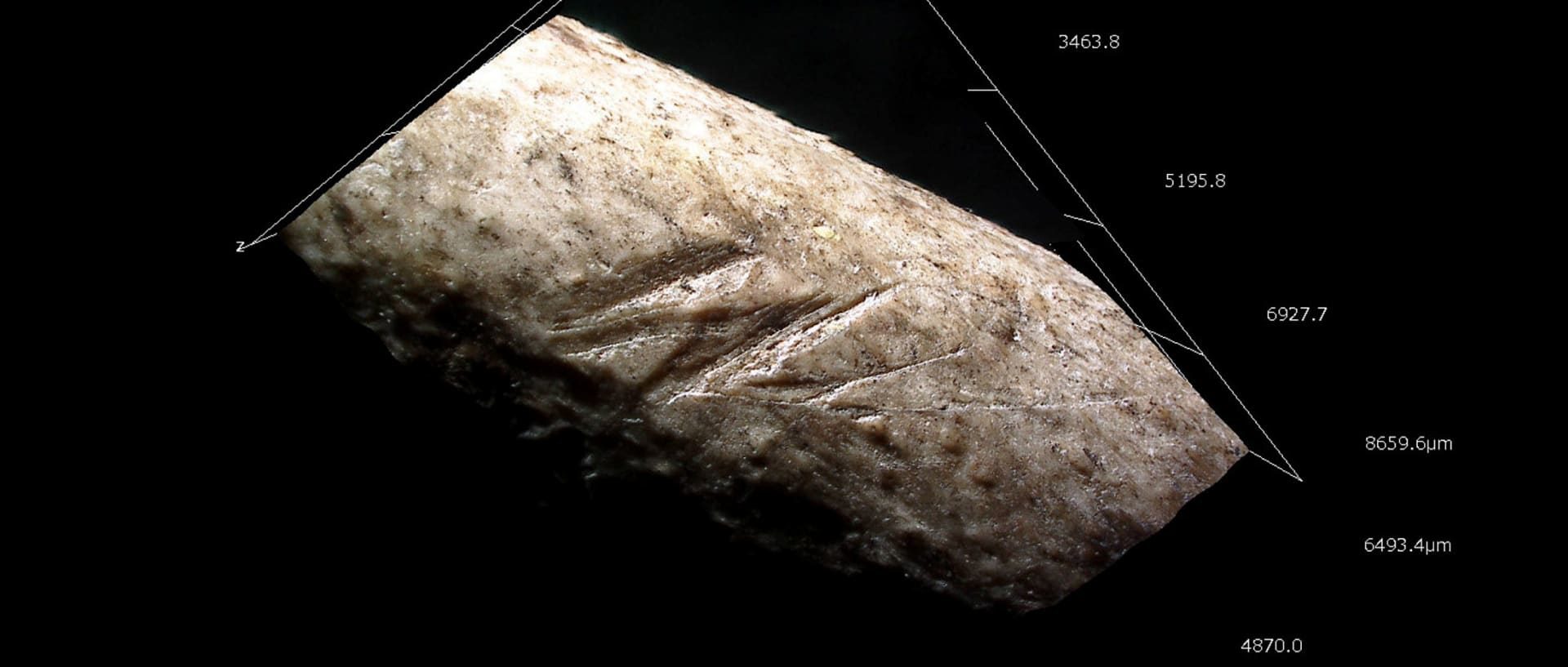
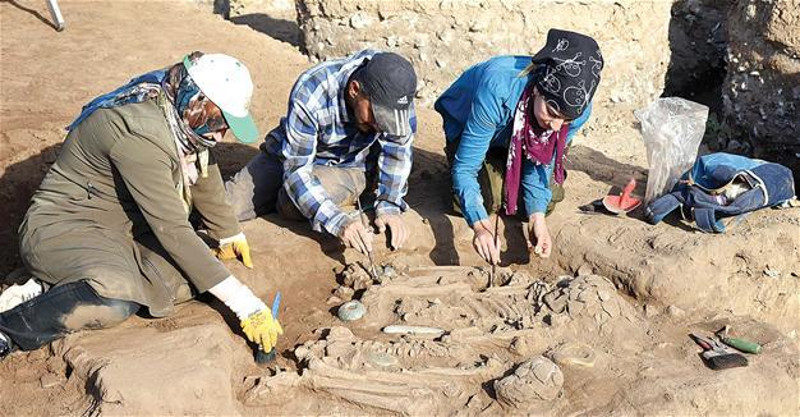
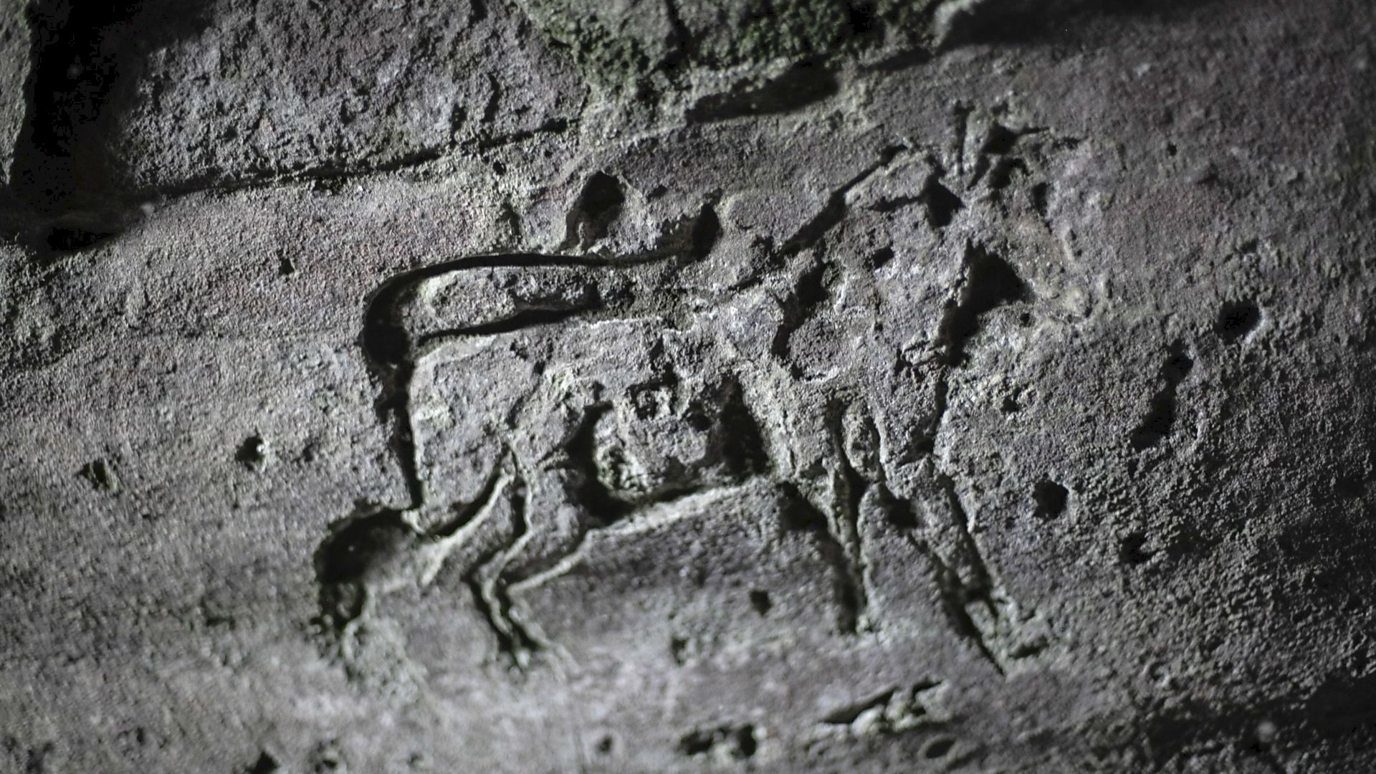

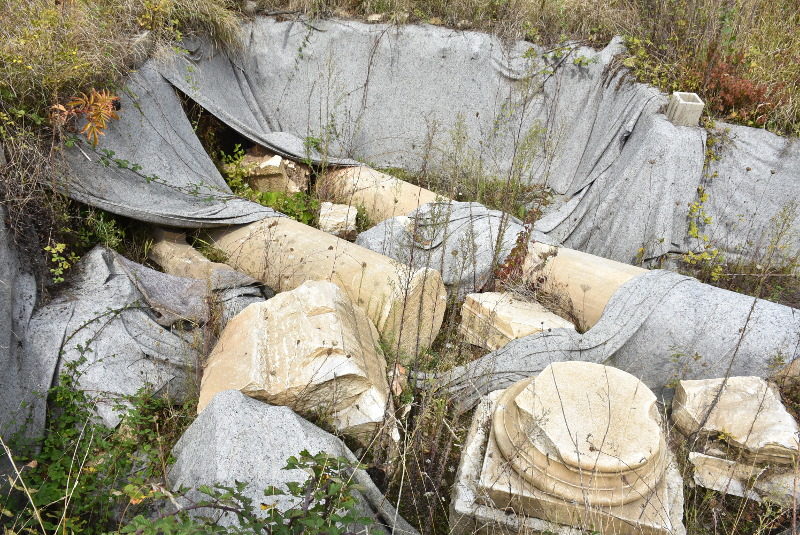
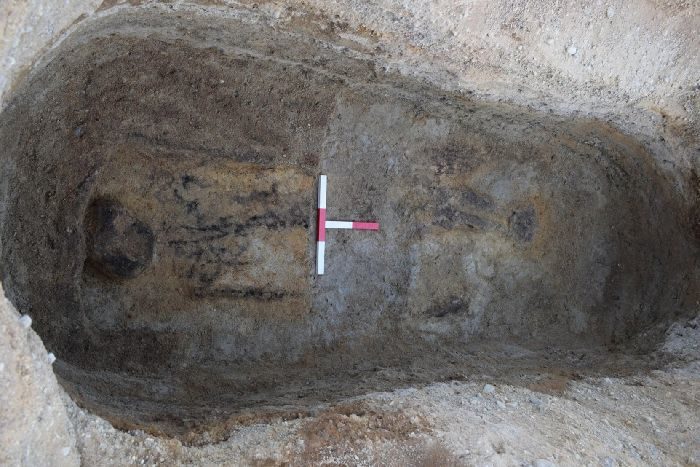
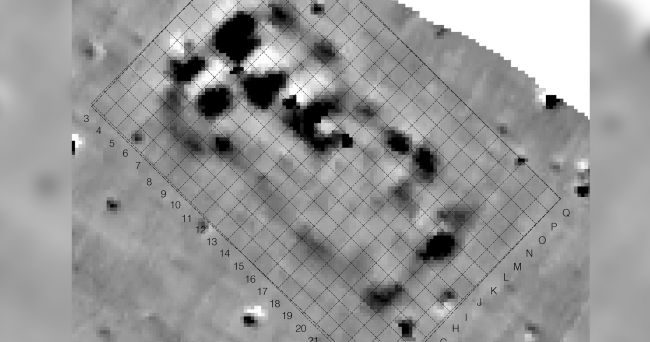
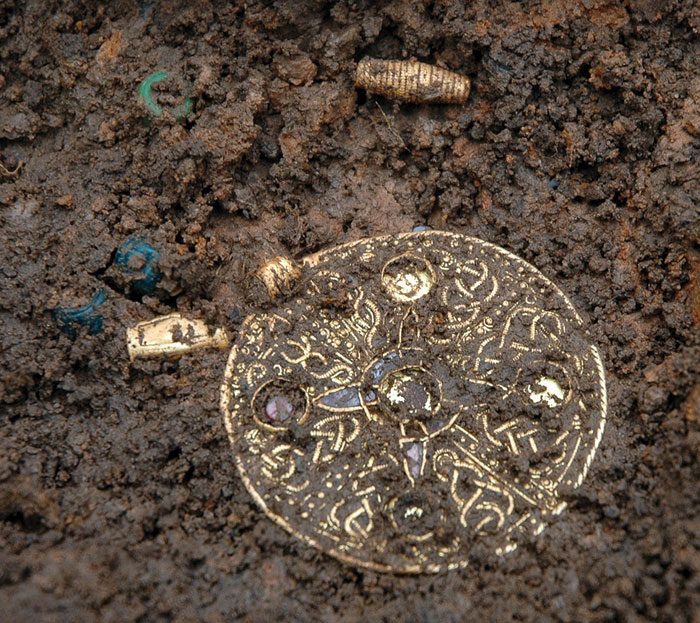





Comment: See also:
- 300,000-year-old stone tools found in Saudi Arabia, when the area was a lush savannah
- Sahara swung between lush and desert conditions every 20,000 years, in sync with monsoon activity
- 5000 year old "birdman" burial in Siberia puzzles scientists
- Humans occupied Ethiopian highlands more than 30,000 years ago - Lowlands had become too dry
- New species of bat-wing dinosaur discovered - 'Shatters' evolutionary ideas of flight in birds
- Scientists find signs of intelligent tool use 300,000 year old Qesem Cave
Also check out SOTT radio's: